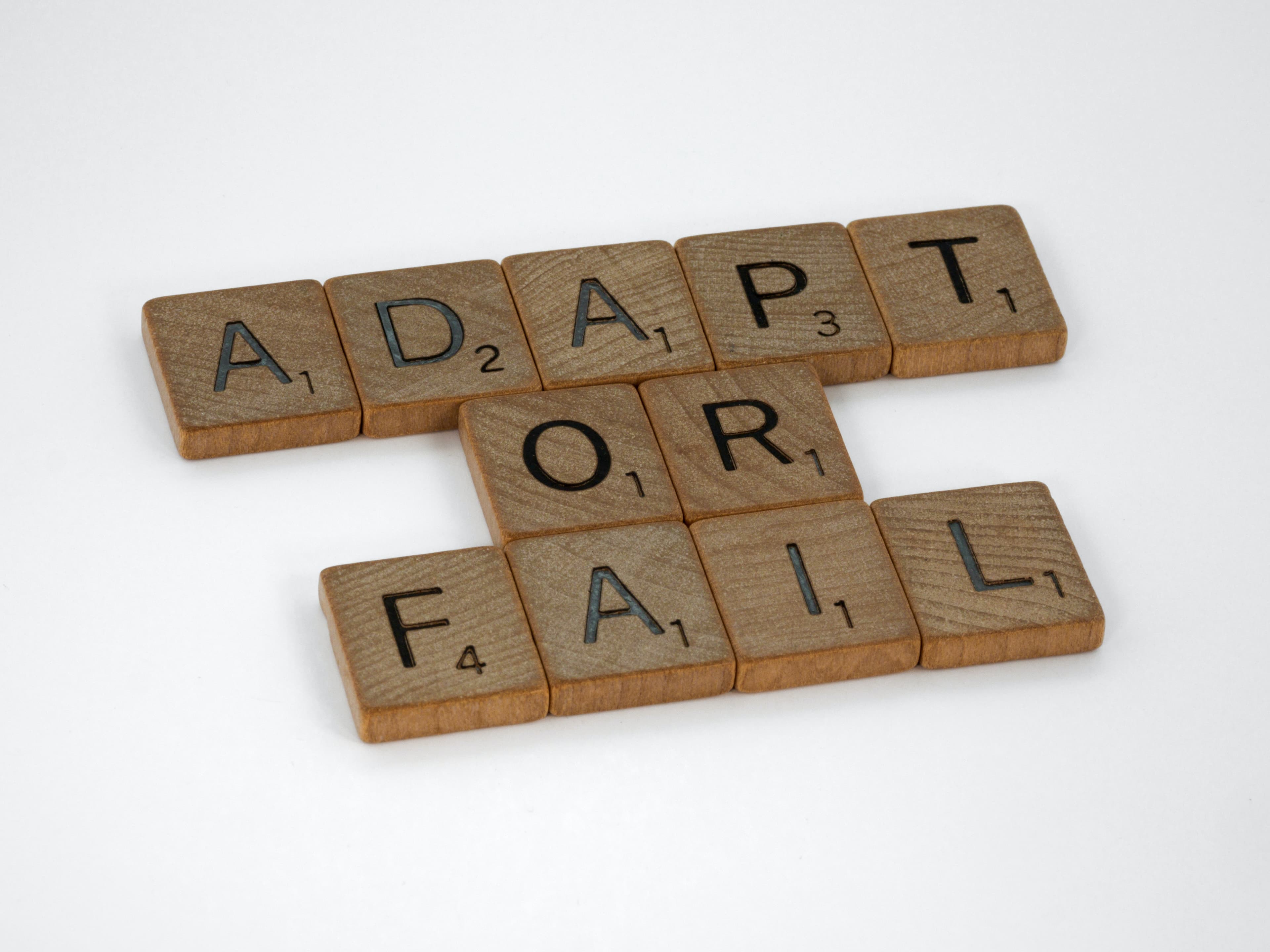Executive Overview
As market landscapes transform at an unprecedented rate, agility and adaptability emerge as quintessential capabilities for businesses to sustain growth and competitiveness. This article aims to equip organizational leaders with practical insights on how agility and adaptability can be developed and harnessed as key strategic assets.
The Imperative of Business Agility
Agility, defined as the ability to move quickly and easily, translates into business as the capacity to rapidly respond to market changes without compromising quality or incurring excessive costs. Companies like Amazon and Tesla serve as leading examples of this paradigm.
Amazon: A Case in Point
Amazon's supply chain agility allowed it to pivot remarkably during the COVID-19 pandemic. The e-commerce giant fast-tracked the distribution of essential items and implemented robotic solutions to handle increased order volumes, thereby sustaining customer trust and securing market share.
Adaptability: The Companion of Agility
While agility is vital for rapid response, adaptability—the ability to adjust to new conditions—serves as its long-term counterpart. Netflix's transition from DVD rentals to online streaming is an illustrative example.
The Netflix Transition
The company had the foresight to pivot its business model in anticipation of the broadband internet revolution, thereby avoiding the fate of competitors like Blockbuster. The adaptability demonstrated by Netflix allowed it to capitalize on new technological trends and remain at the forefront of the entertainment sector.
Combining Agility and Adaptability: A Strategic Approach
Striking a balance between agility and adaptability entails a nuanced understanding of internal and external factors affecting the business.
Coca-Cola: Balancing Act
Coca-Cola has demonstrated agility by quickly introducing new product lines to meet consumer demands for healthier options, while showing adaptability in its long-term commitment to sustainability through eco-friendly packaging and water conservation efforts.
Technological Enablers: AI and Data Analytics
Leveraging AI for Predictive Modeling
Companies like IBM are utilizing AI for predictive analytics to forecast market trends and adjust their strategies accordingly.
Data-Driven Decision Making: Google's Approach
Google employs data analytics to optimize everything from its search algorithms to advertising strategies, thereby achieving agility in real-time adjustments and adaptability in long-term planning.
Conclusion: Actionable Pathways for Cultivating Agility and Adaptability
- Invest in technology that supports real-time data analytics.
- Develop a culture that values innovation and embraces change.
- Build robust contingency plans to mitigate risks and seize opportunities.
Embodying agility and adaptability is not a mere operational recommendation but a strategic imperative. Organizations looking to thrive in a volatile business environment would do well to embed these principles in their corporate DNA.
